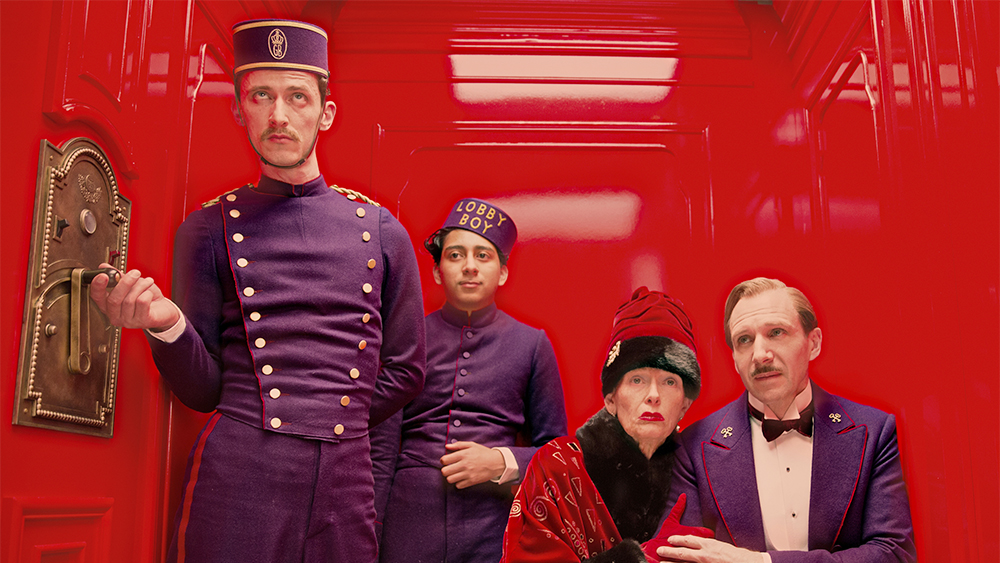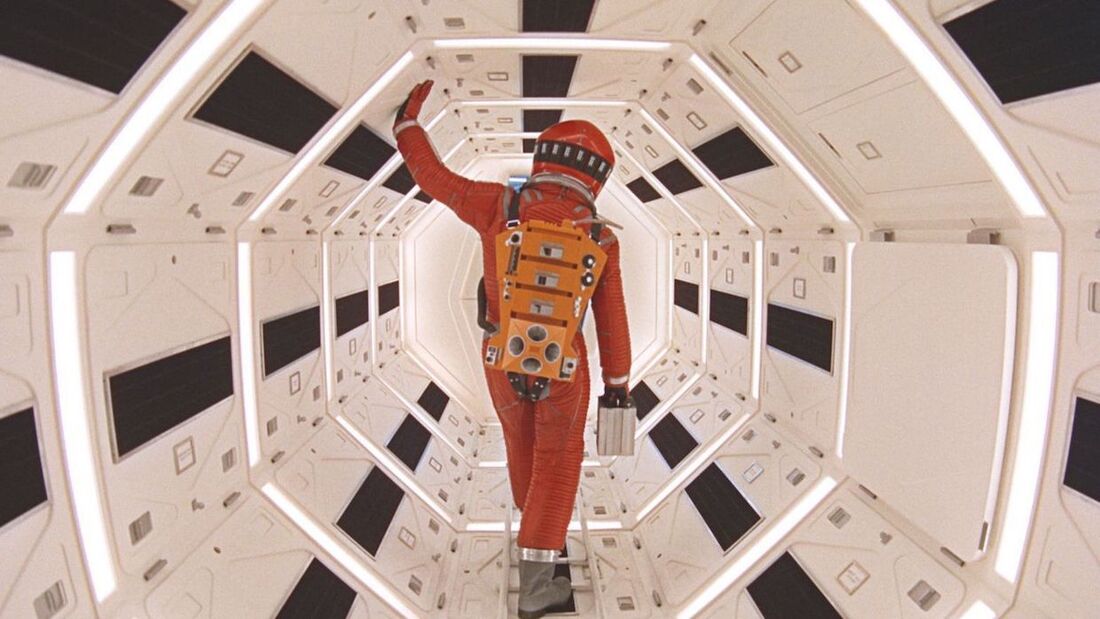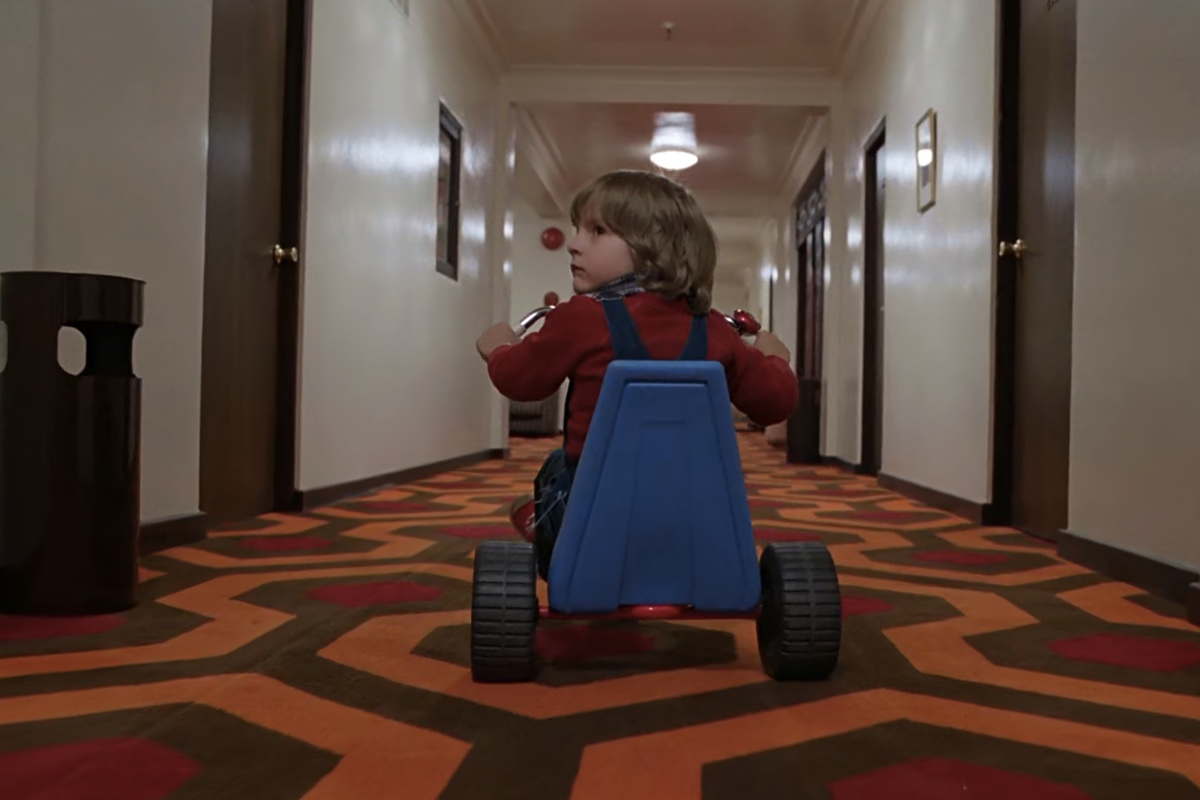RECA | RE-TUNING CINEMA IN AFRICA
|
The concept of symmetry sounds simple and familiar, yet symmetry is far more complex and difficult to apply in practice than one might think. The visual power of symmetry is so great that filmmakers often avoid or are advised against using symmetrical picture compositions. And this is not so odd, for if symmetry is used randomly and thoughtlessly, one runs the risk of creating visual disturbances in the narrative of the film. On the other hand, the filmmakers who master the art of symmetry wield a powerful visual aid capable of communicating complex meanings that cannot otherwise be conveyed visually. Source: Variety Magazine The film “The Great Budapest Hotel” is an example of symmetry in the work of Wes Anderson, a signature similar to the one in Stanley Kubrick’s films. Different authors will call it “one-point perspective”, “symmetrical composition” or “centred vision”, and many times aren’t agreeing on the definition and how it works to translate one idea. Whatever it is, it’s a unique tool in the cinematography of different names in the industry and used for different purposes in most of their films. Source: Filmmaker Magazine Stanley Kubrick seemed obsessed with the use of symmetry in his films. Probably due to the fact that many of Kubrick’s films are, one way or another, violent, different authors have associated that search for symmetry with the desire to create a psychological reaction in the audience, like the one felt when viewing the long corridor sequences in “The Shining”. The effect is so intense that even when nothing is happening, viewers tend to expect something to happen. Source: TheUnredacted Kubrick’s technique may well be associated with unsettling moments, but it is not be limited to that, as the cinematography of Wes Anderson reveals. The difference is that in many of these films and sequences, the one-point perspective or symmetry is the basis for a humorous take instead of a horror moment. So, although Anderson is paying homage to Kubrick’s work, he is using the same language in completely different ways. ADVICE ON THE USE OF SYMMETRY The following are a number of approaches to symmetry in film. Symmetry is a very obvious form of composition, which of course offers opportunities but at the same time can cause a situation to seem artificial, stilted, and thus shatter the illusion of the fiction. This is possibly the reason that a lot of filmmakers try to avoid symmetry. If this is a concern I think that sophisticated use of symmetry could circumvent such problems. And whatever the approach, my advice is as follows: Rather than accentuating insignificant events in the film, it is important to emphasize those that are important at the right time. In addition, it is important to remember that like any other filming device the effect of symmetry is weakened by frequent use. source: ProVideocoalition, Louis Thonsgard
0 Comments
|
Various AuthorsCinephiles that love writing about film ArchivesCategories |



 RSS Feed
RSS Feed